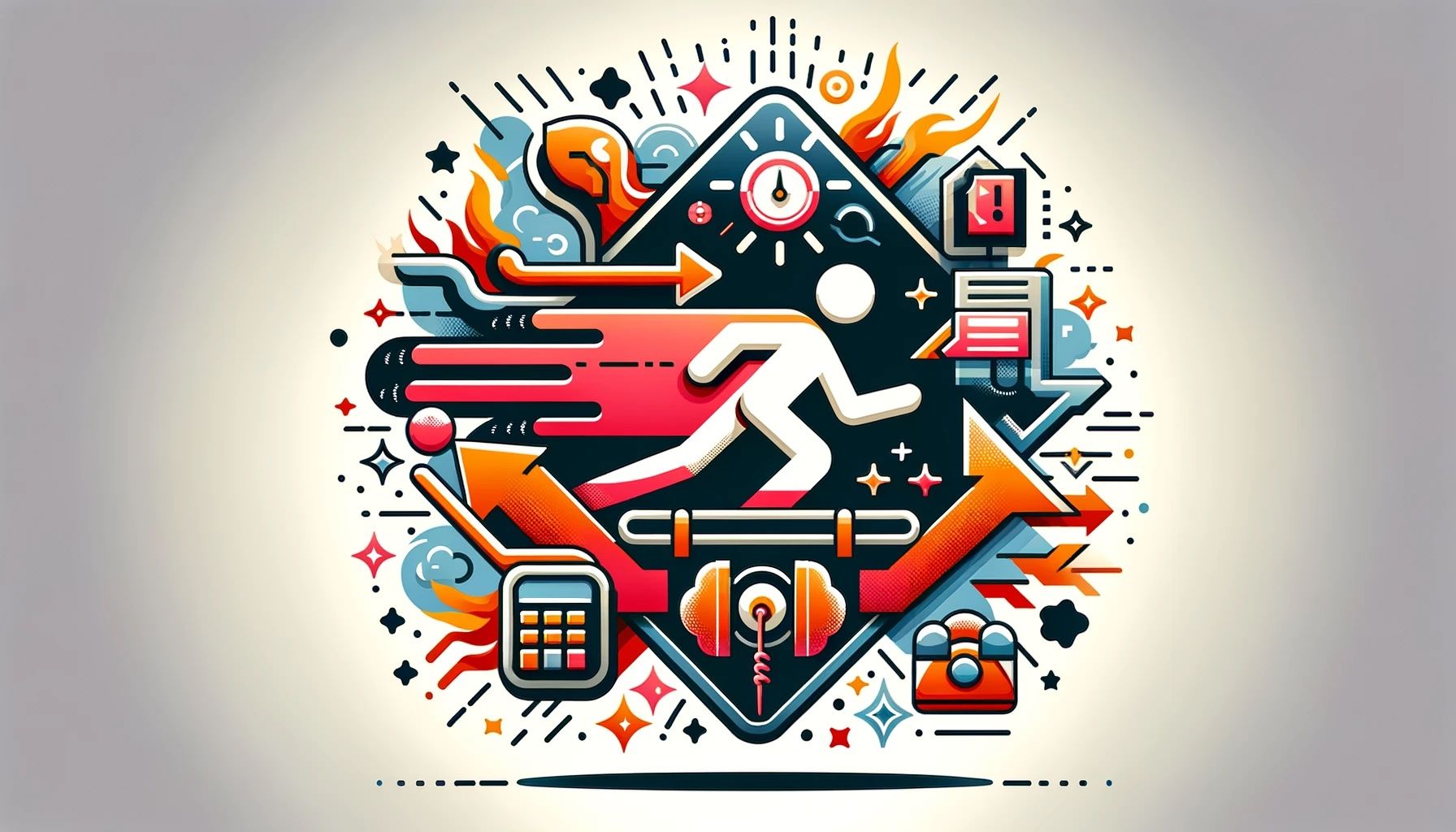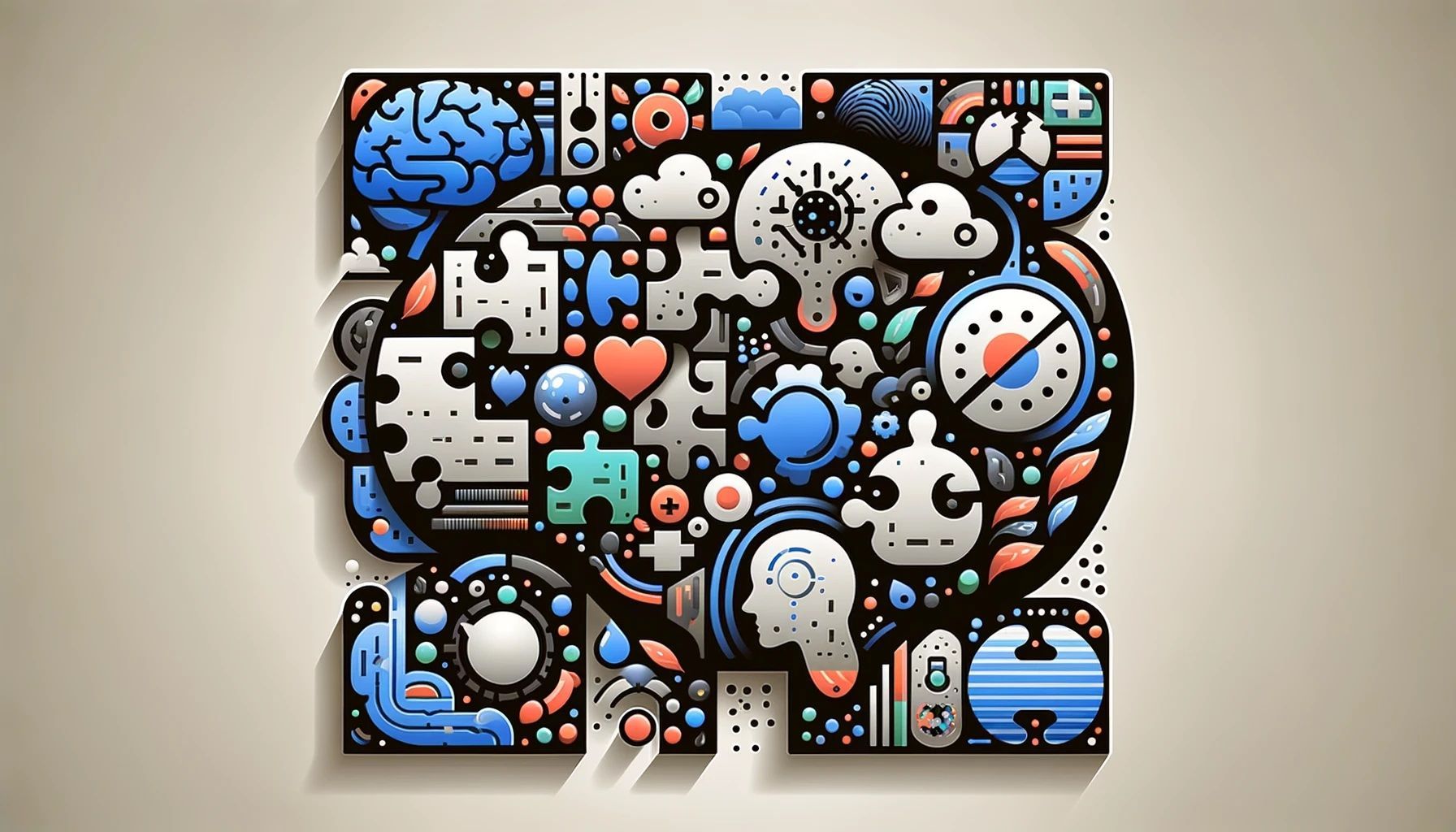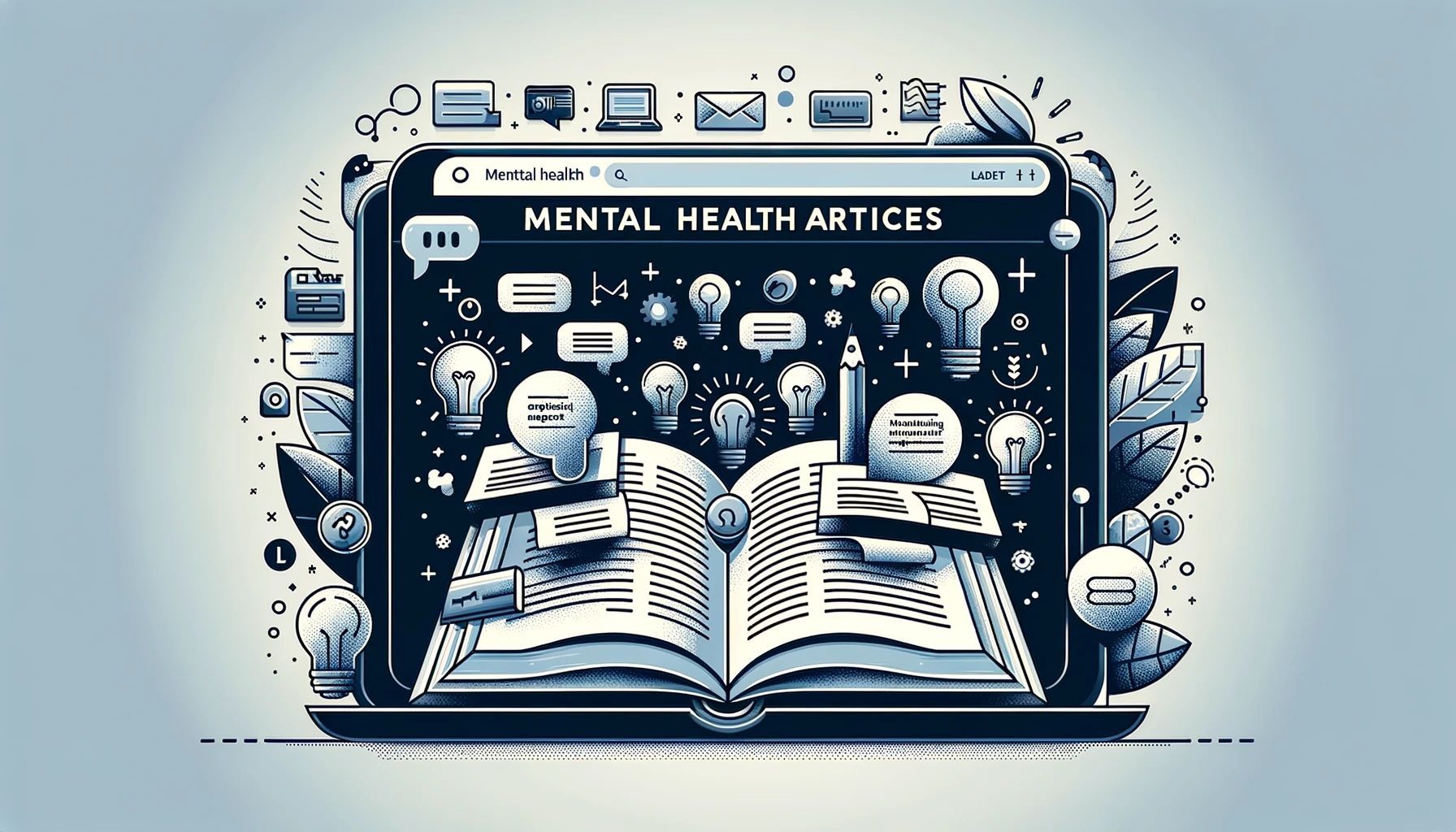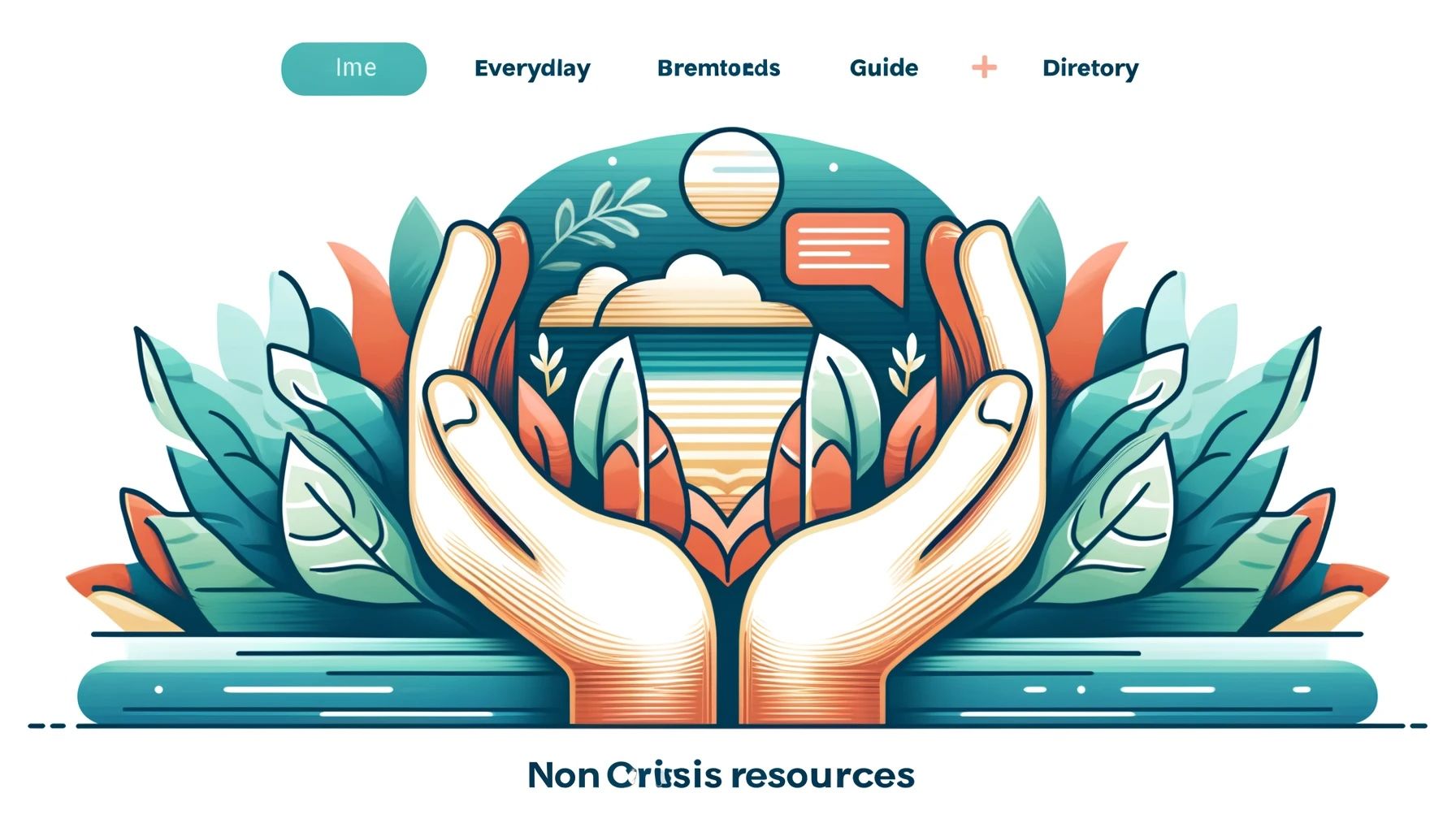Learn more about Mental Illness
Mental illness in the Chinese community is often stigmatized. Families might not know how to communicate with their loved ones. Where can they get help?
In the event of a mental health emergency,
please call 911 and ask for a CIT (Crisis Intervention Training) Officer.
All official documents
must be submitted in English.
- Crisis Management Information 5150 Crisis
- Forms AB1424
- AUTHORIZATION FOR RELEASE
Patient Right to Know Power of Attorney
"5150" Crisis
(up to 72 hour involuntary hold)
- The person is a danger to others.
- If the person is a danger to self.
- If the person is gravely disabled.
Forms
Links & PDF
- AB1424 Form Alameda County in English
- AB1424 Form Santa Clara County in English
- AB1424 Form Santa Clara County in Chinese
- AUTHORIZATION FOR RELEASE of Patient Information
Each illness has its own symptoms, but common signs of mental illness in adults and adolescents can include the following:
- Excessive worrying or fear
- Feeling excessively sad or low
- Confused thinking or problems concentrating and learning
- Extreme mood changes, including uncontrollable “highs” or feelings of euphoria
- Prolonged or strong feelings of irritability or anger
- Avoiding friends and social activities
- Difficulties understanding or relating to other people
- Changes in sleeping habits or feeling tired and low energy
- Changes in eating habits such as increased hunger or lack of appetite
- Difficulty perceiving reality (delusions or hallucinations, in which a person experiences and senses things that don't exist in objective reality)
- Inability to perceive changes in one’s own feelings, behavior or personality (”lack of insight” or anosognosia)
- Overuse of substances like alcohol or drugs
- Multiple physical ailments without obvious causes (such as headaches, stomach aches, vague and ongoing “aches and pains”)
- Thinking about suicide
- Inability to carry out daily activities or handle daily problems and stress
- An intense fear of weight gain or concern with appearance
Mental health conditions can also begin to develop in young children. Because they’re still learning how to identify and talk about thoughts and emotions, their most obvious symptoms are behavioral. Symptoms in children may include the following:
- Changes in school performance
- Excessive worry or anxiety, for instance fighting to avoid bed or school
- Hyperactive behavior
- Frequent nightmares
- Frequent disobedience or aggression
- Frequent temper tantrums
Source: NAMI.org











